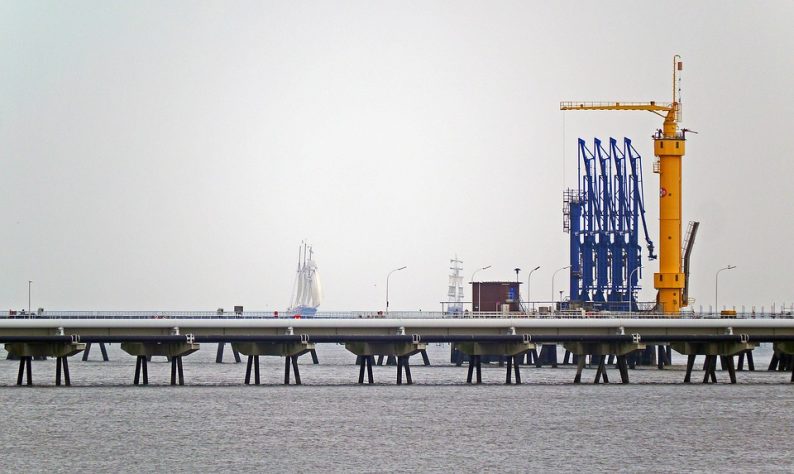Oil prices are breaking with the bearish narrative that Hurricane Florence would be bearish for oil, as it becomes clear that the world’s global oil production capacity is thin as a blade. As we get closer to Iranian sanctions, we are already seeing Iranian exports fall and the years of underinvestment in the energy space is starting to take its toll. We have warned for years that a trillion dollars in capital spending cuts in energy would come back to bite us and that day of reckoning may be closer than we think.

Even as the world produces a record 100 million barrels of oil a day in August, if we have a cold winter those production numbers will fall, and global demand will exceed those levels. U.S. shale producers are struggling in the U.S. Permian basin as pipeline constraints and other issues are holding back big production increases. As reported, working oil rigs in the U.S. rose by 7 to 867 last week, the biggest increase since the week ended Aug. 10, according to data released Friday by oilfield-services provider Baker Hughes. Though the number of active rigs declined in the Permian Basin.
Now the question becomes whether or not the globe can easily replace lost Iranian barrels. Reuters reported that U.S. Energy Secretary Rick Perry said in an interview with Reuters on Friday that he does not foresee any price spikes and that the countries, the world’s top three oil producers, can between them raise global output in the next 18 months. Yet the oil market is skeptical.
Bloomberg News reported that spare capacity among OPEC members has already dwindled below 2 million barrels a day. Those countries that could do so have lifted output in response to June’s (disputed) decision to abandon individual output targets. In theory, Saudi Arabia could immediately raise output to 11.5 million barrels a day — that’s what Crown Prince Mohammed bin Salman told Bloomberg in April 2016. But it hasn’t ever needed to produce that much, and its ability to do so remains untested. Reaching that level would probably take several months and require significant drilling activity.













Leave A Comment